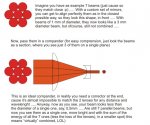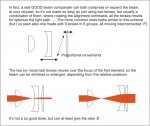zxn474l
0
- Joined
- Jan 11, 2009
- Messages
- 204
- Points
- 0
Can you combine multiple lasers using a parabolic mirror to collect the laser light and redirect it to a common focal point? Could a fresnel lens combine multiple lasers energy and put it to a common burning point? IF anyone has experienc in this area let me know please!








